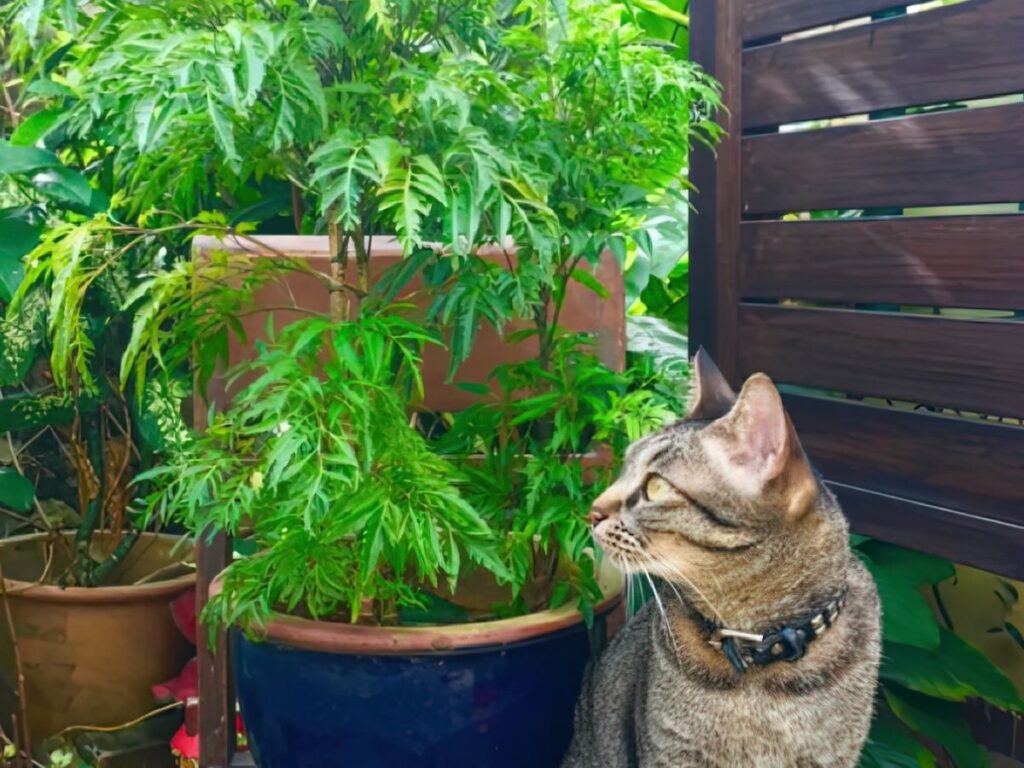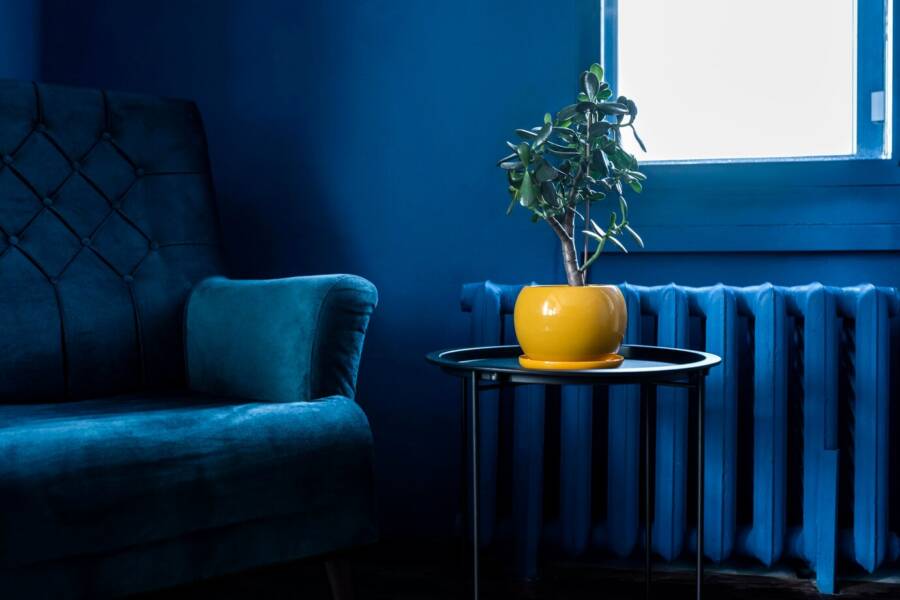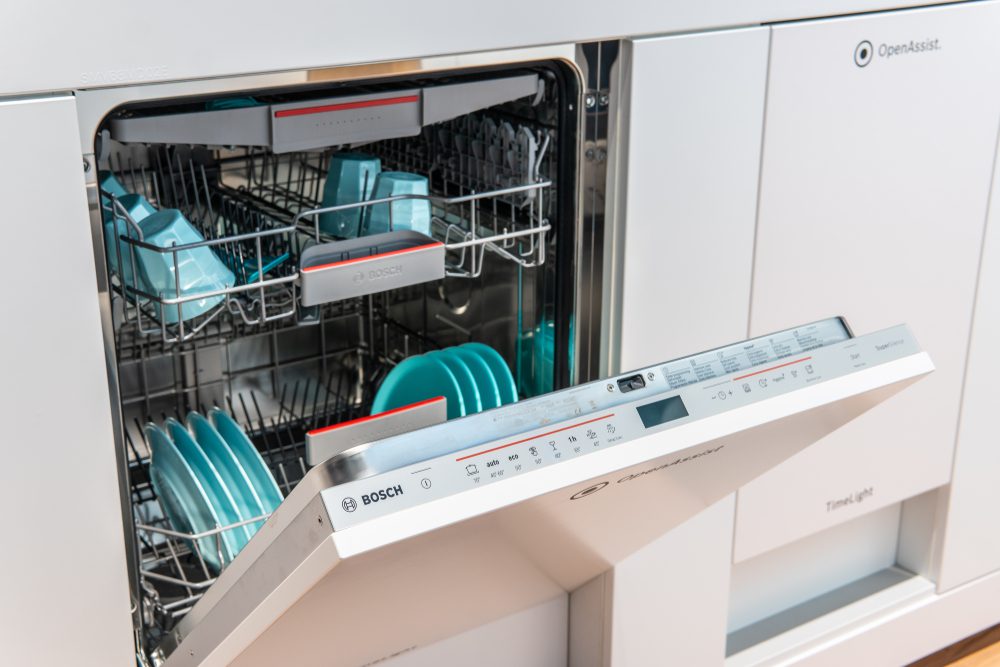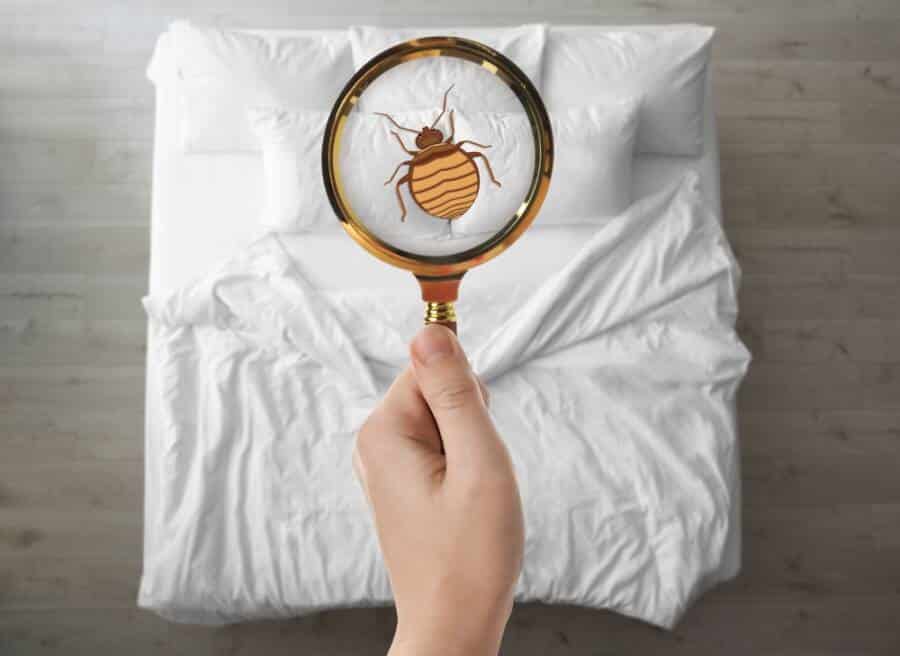The Ming Aralia (or Polyscias fruticosa) is a beautiful, leafy plant that is often used as an ornamental piece in homes and gardens. But what many people don’t realize is that this plant can be toxic to cats.
If you have a cat and are considering getting a Ming Aralia, or if you already have this plant and are concerned about your cat’s safety, it’s important to be aware of the risks.
Here’s the Answer: Is Ming Aralia Toxic to Cats?
The Ming aralia plant is toxic to cats. If your cat ingests any part of this plant, they can experience vomiting, diarrhea, and have trouble breathing. If you believe your cat has come into contact with this plant, it is important to give first aid and seek veterinary care immediately.

What Are the Toxins in Ming Aralia?
Saponins in Ming Aralia can cause oral and skin irritation in cats if they eat them. The plant also contains falcarinol, a toxin that can cause swelling, rash, and other irritations. Cats may be more sensitive to the effects of these toxins and should avoid contact with Ming Aralia.
In addition, it also contains triterpenic glycosides and several other unspecified irritants.
What Parts of Ming Aralia Are Toxic to Cats?
All parts of Ming Aralia are toxic to cats. Chemicals in the plant can make cats throw up, have diarrhea, and have other stomach problems. If cats chew on leaves or stems, it can cause swelling inside the mouth and throat.
How Much Is Ming Aralia Toxic to Cats?
Ming Aralia is toxic to cats, and some will exhibit symptoms depending on the amount of exposure. If a cat has consumed or been topically exposed to Ming Aralia, they will likely exhibit symptoms of poisoning. Some cats will not show any signs if the exposure is brief.
What Are the Symptoms of Ming Aralia Toxicity in Cats?
The symptoms of Ming Aralia toxicity in cats can include vomiting, diarrhea, electrolyte imbalance, shock, and dyspnea, a severe swelling of the mouth and throat. Large ingestions of the plant are rare, but when they happen, the pet’s symptoms can be much worse.
The plant is both bitter in taste and an allergen, so if your cat manages to ingest a lot of it, their symptoms will be much worse.
How to First Aid Your Cat with Ming Aralia Poisoning
First of all, you should wear protective gloves and move the cat to a well-ventilated place. If vomiting does not occur, give the cat 3% hydrogen peroxide orally to induce vomiting. If the plant was just eaten, clean the cat’s mouth out with water and remove any remaining plant matter.
Be sure to rinse your cat’s mouth several times with plain water.
Activated medical charcoal can help absorb toxins from a cat that has been poisoned.
To reduce gastrointestinal upset and diarrhea, give the cat kapectolin and/or sucralfate. Kapectolin and sucralfate can be given in different doses to different weight categories of pets.
If your cat has ingested a large amount of Ming Aralia poison, call a veterinarian immediately.
Treatment Stages for a Cat with Ming Aralia Poisoning
The first step in treating a cat with Ming Aralia poisoning is to induce vomiting to remove any toxins from the stomach. Give your cat plenty of fluids to avoid dehydration caused by diarrhea. Activated charcoal can also be given to absorb any toxins.
Follow these steps below to treat Ming Aralia poisoning in cats:
Step 1: Call your veterinarian
If your cat has ingested Ming Aralia, it is important to call your veterinarian immediately. The vet may perform a stomach analysis to figure out what is wrong and will provide the appropriate treatment based on the severity of the case. In some cases, activated charcoal may be given to absorb toxins in the stomach, and a corticosteroid ointment may be put on the skin to relieve symptoms. If you have any questions about the plants or their effects, consult a veterinarian.
Step 2: Bring your cat to the vet
There is no specific test to diagnose Ming Aralia poisoning, so the vet will often rely on information provided by the owner. Treatment for Ming Aralia poisoning will begin immediately following a diagnosis.
If your cat ate Ming Aralia, the vet will make it throw up and may also give it activated charcoal to get rid of any poisons.
If your cat’s exposure was only topical, the vet can treat the skin rash with a corticosteroid ointment.
If your cat’s exposure was only topical, the vet can treat the skin rash with a corticosteroid ointment.
Taking Kapectolin at a dose rate of 1 to 2 ml/kg four times per day helps reduce digestive upset in cats.
Because it can combine with stomach acids to make a paste-like substance, sucralfate could be used to treat irritation in the digestive tract.
Step 3: Keep your cat hydrated
It is important to keep a cat hydrated after ingesting Ming Aralia because the plant can cause symptoms including skin rashes, vomiting, and loss of appetite.
Step 4: Give your cat pain medication
It is important to give pain medication to a cat that has ingested Ming Aralia because the tree’s saponins can immediately irritate the cat’s skin, oral cavity, or gastrointestinal tract. Pain medication can help relieve some of the discomfort caused by this irritation.
What Are the Recovery Stages for a Cat from Ming Aralia Poisoning?
If a cat is poisoned by Ming Aralia and gets help right away, they can usually get better without any problems. Although there can be a few weeks of illness after being poisoned by Ming Aralia, the worst symptoms usually pass within the first 24 hours.
Depending on the severity of the cat’s poisoning, the vet may need to keep the cat for a few days following exposure in order to monitor his condition. The vet will then release them to you.
After that, the cat owner needs to arrange a quiet place for the cat to rest. The cat should be kept in the cage overnight; this helps limit the cat’s overactivity and helps the recovery stages go faster.
Feed your cat a bland diet after it has ingested Ming Aralia because it can help prevent health complications.
The vet may prescribe anti-nausea medication for a cat that has ingested Ming Aralia in order to prevent further vomiting and help the cat recover.
Monitor your cat for vomiting and diarrhea after it has ingested Ming Aralia because these symptoms could indicate a more serious health condition. If your cat does develop vomiting or diarrhea, bring them to a veterinarian immediately.
It is important to take your cat to the vet for a follow-up visit after it has ingested Ming Aralia because the plant can cause serious health consequences for cats.
The amount of Ming Aralia that was consumed and whether or not the cat’s kidneys were damaged determine the overall recovery rate.
It is unusual for cats to die from Ming Aralia poisoning, but it does not happen often.
Why is my Cat Eating Ming Aralia?
Cats will eat Ming Aralia to make themselves vomit and get rid of parasites. It also notes that cats may do this when they are bored or ill. Cats may crave human attention and will behave in ways that will get them to give them attention.
Cats have a natural affinity for crunchy plants and will often seek out dry, crunchy leaves. If your Ming Aralia has these leaves, that will also attract cats to eat them.
How can I Prevent my Cat from Eating Ming Aralia?
Ming Aralia is toxic to cats, and owners can prevent their pets from eating it by providing them with safe and artificial playthings.
Make sure your Ming Aralia is up high enough that cats can’t get to it. Put your plant in a greenhouse or other secure location.
Cats won’t want to be near Ming Aralia because of the citrus, peppermint, rosemary, and lavender in the air.
Fencing the plant in and then scattering coffee grounds around it is another, less effective, way to deter cats from eating it.
Are there alternatives to Ming Aralia safe for cats?
Ming Aralia is a lovely houseplant. They are one of the most attractive evergreen shrubs of the Araliaceae family. However, it must be admitted that it is poisonous to cats. As a result, if you grow this plant, you must use the methods described above to keep cats away from Ming Arilia.
There are many beautiful Alocasia varieties that can be planted in your garden without worry. These plants are safe for cats to play with and are the perfect alternative to Ming Aralia, including:
- False Aralia
- Figleaf Palm
- Japanese Aralia
Conclusion
The Ming Aralia is a beautiful, low-maintenance plant that can add some greenery to any home. However, it’s important to be aware of the risks they pose to cats. If you have a cat, it is best to avoid this plant.
However, if you must have Ming Aralia in your home, there are a few things you can do to protect your cat. First, keep the plant out of reach of your cat. Second, monitor your cat closely for any signs of illness if it does come into contact with the plant.









